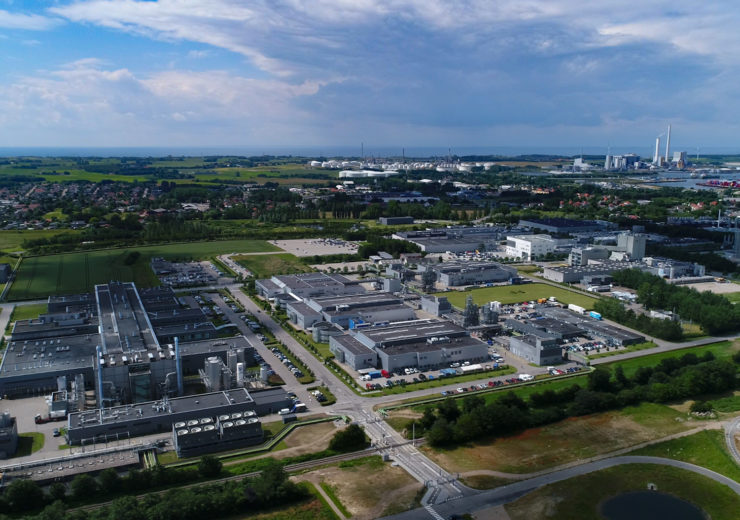The facilities are planned to be rebuilt and expanded for the future production of advanced diabetes products

Novo Nordisk manufacturing facilities in Kalundborg, Denmark. (Credit: Novo Nordisk A/S.)
Danish healthcare firm Novo Nordisk has unveiled its plans to invest DKK 800m ($117m) to upgrade and expand its facilities at its production site in Kalundborg, Denmark.
The company is currently manufacturing a range of products for diabetes treatment through its manufacturing plants in Kalundborg. The facilities will be rebuilt and expanded for the future production of advanced diabetes products.
The expansion projects are expected to be completed in 2022.
Novo Nordisk Kalundborg production senior vice president Michael Hallgren said: “This investment in our production facilities highlights our ambition to continue strengthening our presence in Denmark and Kalundborg.
“Today, we manufacture around half of the world’s insulin in Kalundborg where we have been present for 50 years. Since the turn of the millennium alone, we have invested more than DKK 16 billion in these facilities, which are a cornerstone of our global production network.”
Novo Nordisk established Kalundborg production facilities in 1969
The company said that its manufacturing facilities in Kalundborg produce insulin, active pharmaceutical ingredients (API) for diabetes, as well as a range of biopharmaceutical products. The facilities are equipped with lines for formulation and filling.
Novo Nordisk has established the production plants at Kalundborg site in 1969. The facilities cover a total area of 1,200,000m2 and employ more than 3,000 people.
Recently, the company has obtained the US Food and Drug Administration (FDA) label expansion approval of Ozempic, for reducing the risk of cardiovascular death, non-fatal heart attack, or non-fatal stroke, in people with type 2-diabetes and established CVD.
The FDA approval is supported by the results from the SUSTAIN 6 cardiovascular outcomes trial (CVOT) of Ozempic for reducing the risk of CV death, compared to placebo.
Furthermore, the company has entered into research collaboration with the University of Virginia centre for diabetes technology, to develop virtual environments for modelling of type 2 diabetes patients.
